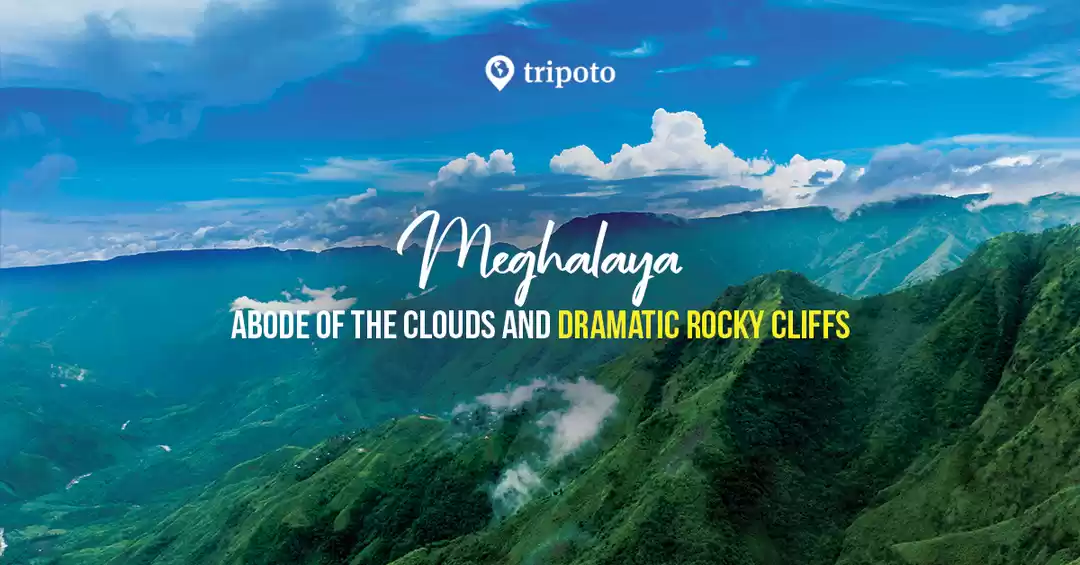Understanding 3D Animated Video: Basics and Benefits
What is a 3D Animated Video?
3D animated videos are digitally engineered sequences that bring animated characters and objects to life in a three-dimensional environment. Unlike traditional 2D animation, 3D animation provides depth and realism, allowing viewers to engage with the content on a more profound level. These videos utilize computer-generated imagery (CGI) to depict movement and scenes from various angles, creating a dynamic viewing experience. The advancements in technology have made it easier than ever for businesses to leverage 3D animated video as an effective communication tool that captures attention across platforms.
Key Advantages of 3D Animated Video Content
The benefits of utilizing 3D animated video content are manifold, making them a preferred choice for marketers, educators, and filmmakers alike. Here are some essential advantages:
Enhanced Engagement: 3D animations naturally captivate audiences, holding their attention longer than static images or traditional videos. This higher engagement rate is essential in an era where audiences are inundated with content.
Improved Understanding: Complex ideas, products, or processes can be explained more simply and effectively through 3D visualization. For instance, in industries like healthcare or technology, intricate concepts can be rendered in a more digestible format.
Brand Differentiation: 3D animated videos allow brands to express their unique identity, creating a memorable experience that sets them apart. The creative flexibility provided by 3D animation can help in establishing a strong visual brand language.
Multi-Platform Versatility: 3D animated content can be easily adapted for various platforms, from websites and social media to presentations and advertisements, ensuring broad reach and impact.
Cost-Effectiveness: Though the initial investment may seem high, the longevity of 3D animated content—being easily updatable or reusable—can lead to reduced costs in the long run.
Common Applications Across Industries
3D animated videos find applications in a plethora of sectors. Here are some of the most common uses:
Marketing and Advertising: Animated commercials capture viewers’ attention creatively, conveying messages succinctly while showcasing products in action.
Education and Training: Educational institutions and businesses increasingly use 3D animations to create immersive learning experiences that engage learners.
Healthcare: Medical professionals utilize 3D animations for procedural explanations, allowing patients to grasp complex surgical processes and their benefits.
Entertainment and Gaming: The film and gaming industries rely heavily on 3D animation to create aesthetically pleasing visual effects and realistic characters.
Architectural Visualization: Architects and real estate developers use 3D animations to showcase property layouts and features before construction begins.
The Process of Creating Captivating 3D Animated Videos
Initial Concept Development for 3D Animated Video
The first step in creating a captivating 3D animated video is the concept development phase. This involves brainstorming ideas and defining the video’s goals. Successful projects often begin with clear objectives—whether it’s to explain a product, tell a story, or convey a particular message. Collaborating with scriptwriters, storyboard artists, and creative directors during this phase helps to align the vision and establish a coherent narrative structure.
Designing Characters and Environments
Once the concept is established, the next step is designing the characters and environments. This phase is crucial, as the visual appeal of the 3D animation largely depends on the characters’ styles and the places they inhabit. Designers sketch initial concepts, focusing on details such as color schemes, textures, and character traits. Once the designs are approved, 3D artists use software to create digital models, ensuring they are rigged for animation through creating a skeleton structure that will facilitate realistic movement.
Animation Techniques and Best Practices
Animating in 3D is a nuanced process that requires a firm grasp of various techniques. Here are some best practices:
Keyframing: This technique involves setting specific points in the timeline where satisfactory poses or positions are established, and the software interpolates the in-between frames. It’s essential for creating fluid motion.
Motion Capture: Using real-time performances as a basis for animation can result in more realistic movement, especially for characters, as the motions are captured and translated into the 3D environment.
Animation Principles: Familiarity with principles like anticipation, squash and stretch, and follow-through helps in enhancing animation quality, making movements feel more natural.
Tools and Technologies Behind 3D Animated Videos
Popular Software for 3D Animation
There are several software options available for creating 3D animated videos, each with unique capabilities. Some of the leading software includes:
Autodesk Maya: Renowned for its comprehensive tools for modeling, animation, simulation, and rendering.
Blender: An open-source program that offers robust functionalities for 3D creation, making it popular among indie creators.
Cinema 4D: Known for its stability and ease of use, especially favored by motion graphic artists.
3ds Max: This software excels in 3D modeling and rendering and is often used in architectural visualization.
Houdini: Best for professionals focusing on visual effects with advanced simulation tools for creating realistic animations.
Tools for Enhancing Video Quality
To enhance the quality of 3D animated videos, various tools can be utilized:
Adobe After Effects: Allows for post-production effects, which can enhance the final look of the animation.
DaVinci Resolve: This tool is great for color correction and grading, providing a polished finish to the animation.
Render Farms: For complex projects, utilizing render farms can significantly reduce rendering time, producing high-quality outputs efficiently.
Integrating Visual Effects into 3D Animated Videos
Visual effects (VFX) are essential in elevating the overall impact of a 3D animated video. Integrating VFX allows animators to blend live-action footage with animation or to enhance animated scenarios with additional layers of detail. Techniques such as particle systems, simulations for elements like fire or water, and compositing can create a more immersive experience. Using VFX effectively can transform a standard animated video into something visually spectacular, attracting viewer attention and enhancing the storytelling aspect.
Marketing and Distributing Your 3D Animated Video
Creating a Distribution Strategy for 3D Animated Video
Having a well-crafted distribution strategy is crucial to ensure your 3D animated video reaches its intended audience. Start by identifying the target demographics and platforms where they are most active. Craft a release schedule that aligns with significant events in your industry or calendar dates relevant to your audience. Furthermore, optimizing videos for SEO by incorporating keywords, tags, and engaging thumbnails increases discoverability.
Utilizing Social Media to Boost Engagement
Social media platforms offer an excellent avenue for promoting 3D animated videos. Tailoring content to fit the context of each platform can maximize engagement. For instance, shorter clips might be better suited to platforms like Instagram, while detailed walkthroughs may perform better on YouTube. Engaging with followers through comments and messages can enhance viewer loyalty, encouraging users to share the content further.
Analyzing Performance Metrics of 3D Animated Videos
Monitoring performance metrics is fundamental in understanding the effectiveness of your 3D animated video. Key performance indicators (KPIs) include:
View Count: Indicates reach and initial interest.
Engagement Rate: Measures likes, shares, comments, and click-through rates, providing insight into viewer interaction.
Conversion Rate: Gauges the effectiveness of animated videos in driving actions, such as purchases or sign-ups.
Retention Rate: Shows how well the content maintains viewer attention throughout the video.
Utilizing tools like Google Analytics and social media insights can help track these metrics, informing future content strategies and adjustments.
Future Trends in 3D Animated Video Production
Emerging Technologies Shaping 3D Animation
The future of 3D animated videos is being shaped by cutting-edge technology. Innovations such as Artificial Intelligence (AI) and machine learning are streamlining the animation process. AI can be utilized for automating rigging or generating assets based on user inputs, significantly reducing production times. Additionally, VR (Virtual Reality) and AR (Augmented Reality) are transforming how audiences interact with 3D animated content, leading to immersive experiences that blend digital and physical realities.
Predicted Trends for Creative Storytelling in 3D Animation
As storytelling evolves, 3D animated videos will increasingly focus on more personalized narratives, catering to diverse audience preferences. Interactive storytelling will allow viewers to make decisions that impact the narrative direction, enhancing engagement. Additionally, there is a growing trend toward incorporating social justice themes and representation in animated content, driving authentic connections with viewers.
How to Stay Ahead in the 3D Animation Industry
To remain competitive in the fast-evolving 3D animation industry, continuous learning is key. Professionals should invest time in developing new skills and exploring innovative tools. Attending industry conferences, participating in online courses, and collaborating with peers can foster growth and keep one informed about emerging trends. Moreover, collecting feedback and engaging with audiences helps tailor future projects to meet viewer expectations and elevate storytelling techniques.














